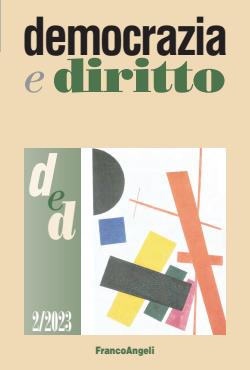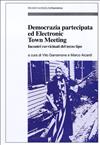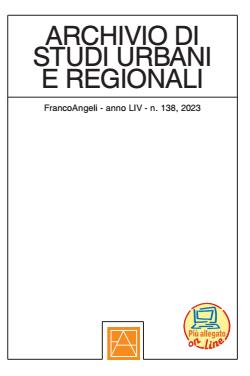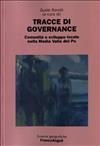
LIBRI DI LUIGI BOBBIO


Studio sui processi decisionali politico-amministrativi
cod. 1588.6

Incontri ravvicinati del terzo tipo
Il volume focalizza l’attenzione sull’Electronic Town Meeting (ETM), una modalità di deliberazione collettiva in grado di coinvolgere contemporaneamente centinaia di persone attorno a uno stesso tema. Attraverso una prospettiva interdisciplinare, il testo costituisce la prima analisi corale sullo strumento e fornisce spunti utili per lo studio, l’organizzazione, la progettazione e la valutazione dell’ETM.
cod. 1862.151


Comunità e sviluppo locale nella Media Valle del Po
A partire dal fiume Po e, più in particolare, dalla necessità di individuare dei modi di governance funzionali alla formulazione di un’ampia e condivisa politica, capace di coniugare in modo efficace le attività di tutela e di valorizzazione dei territori da questo attraversati, il testo si concentra sul rapporto tra le politiche di difesa del suolo e quelle di sviluppo locale nei territori rivieraschi.
cod. 1387.28



The article discusses the relationship between urban innovation and new forms of governance. Albeit the concept of governance seems to be a panacea for the cure of any sort of market or state failure, very often it is ill defined and/or ideologically loaded. However there is a growing consensus that the mobilisation of social and economic actors in governmental roles is an important, if not essential, factor, in bringing about innovative policies at least at the local scale. In our study we derive from the existing literature on social capital and institutional development the hypotheses that the more diverse are the actors involved and the more tight their linkages the better will be the innovative performance. In order to test these hypotheses we have investigated two northern Italian cities Milan and Turin that underwent in the decade 1993-2002 similar changes in the political and institutional sphere. The research carried out points out that certainly Turin had a better performance, in terms of urban innovation, than Milan and that such a result is associated with a more complex network in which different levels of government, and different types of actors, are represented. Also the tightness of the network is higher, thus providing evidence in support to the idea that policy innovation is associated with changes in the structure of governance. However, looking more in detail to the evidence collected, it appears quite clearly that Milan is much more receptive to the proposals coming from the civil society (both from the profit and the no-profit sector) while Turin, like other innovative Italian cities seems much more dependent upon the leadership of the public institutions. This poses an interesting theoretical problem: how much institutional leadership is needed in order to get good governance, more or less? Or is it possible that in order to make a better assessment of the relationship between innovation at least urban innovation and the structure of governance, one should make a distinction between short term in which more government means more innovation and the long term in which the contrary is true?

cod. 1740.108

cod. 1588.15

The Maastricht treaty gave the European Union the power to deal with trans-european infrastructural networks in the fields of transportation, communication and energy. This is a major change since the control over such networks was in the past tightly hold by national states. The paper explores the consequences of this change upon the processes of policy-making within the Union and discusses whether the decisions concerning the infrastructural networks are made through policy-making networks. Three policy-making models are taken into account: the functional model, the intergovernmental relations model, and the multilevel governance model. Each of them can explain some of the decision concerning different features of trans-european infrastructures, i.e. their fluency vs. their territorial shape. The analysis shows the growing importance of the «legitimization through output» within European Union and the growing role of territorial representation.


Quali opportunità per la Valle d'Aosta
cod. 2000.745

Forme e politiche per progetti d'infrastrutture
cod. 302.8